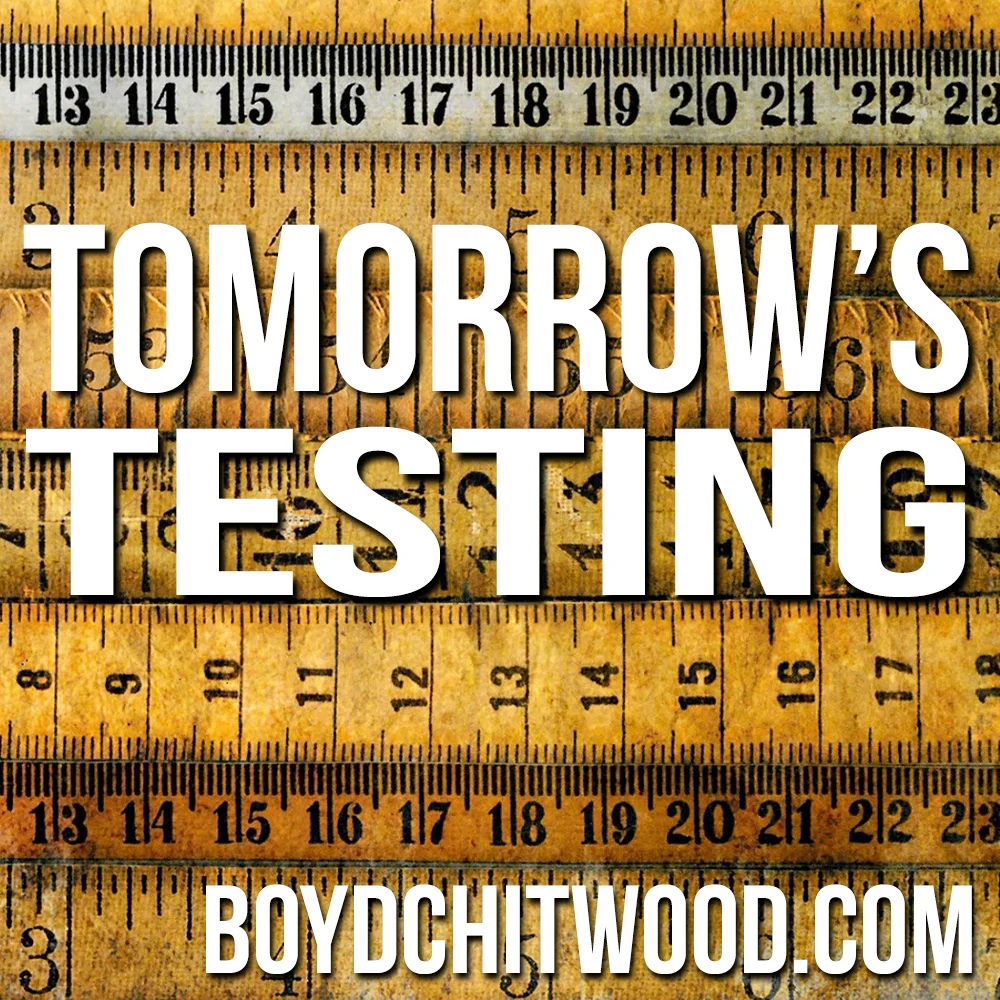Tomorrow's Testing: Modify Teacher Instruction Based on Student Learning
The test is tomorrow. The report card comes out next week. I’m just a B/C student. You’re going to fail if you’re not careful! You can’t think about school without thinking about grades, tests, assessments.
Is it just for competition? Punishment? Reward? Is it authoritative, scientific measurement? Is it all too harsh? Is it dumbed down and grade-inflated? How can we think fruitfully and helpfully about assessing our students’, our children’s, performance and achievement? This short series of three posts takes on that question.
This is the third dimension of our work on improving assessment. It might seem unusual to think of student assessment as modifying teacher instruction, but it’s really quite fundamental.
Student learning has its individual components, but it also is greatly affected by the teacher’s actions. Teachers have to learn from assessing their students how to better teach them the next time. That does make some basic sense, but it’s also harder than you might think.
What might a teacher learn from assessing her students’ learning? The great majority might have grasped the material excellently and shown that mastery on the test. Mission accomplished; on to the next challenge (while still watching for ways to bring the few stragglers along). Almost all the students might show they haven’t grasped the concept, and the teacher responds with some re-teaching and looped review of the material in future lessons.
But what if 70% did well and 30% did poorly? (Or some other mixed result which reality always seems to give us). Students do differ in ability, and they will differ in mastery on different material, but we are committed to pursuing the fullness of God’s created design for each child as our standard of success.
We have various ways to individualize, including other teachers and other programs in our ‘tool box’ for helping students. We use many of them, and continue to develop more. I won’t belabor that point for now. Not infrequently, also, we find the student hasn’t worked to the best of his ability, and we team with parents to motivate him with consequences, positive and negative, extrinsic and intrinsic.
My focus here, though is not the variety of student effort, but the variety of student learning styles. One will learn best with visuals, another with oral instruction, and still another with some movement (You might be surprised how both random and related movement can help learning for some students).
Sometimes it’s not the learning style that brings the differing test results. It may be basic competencies in different kinds of reasoning. Some of us think strongest with words while others do best with symbols (and some with pictures and some in still other ways). Math is symbolic reasoning, so our students who are better with words may score poorly on a particular math test when the unit was taught almost entirely with symbols. The test may show 40% of the students doing poorly, and the teacher knows from other observations that most of those kids think best in words. Some additional instruction in words with more teacher explanation that then calls for more student translation and repetition might be just the way to success.
It’s really a very complex endeavor, and one that our teachers are always working to get better at. They find new ways to teach the same things to different kids in different contexts to pursue better understanding and higher achievement.
Our teams of teachers give special attention to learning from each other ways that have proven successful in modifying instruction based on student assessment. It’s a work we will persevere in as we pursue the Lord’s best for each child in our care.


